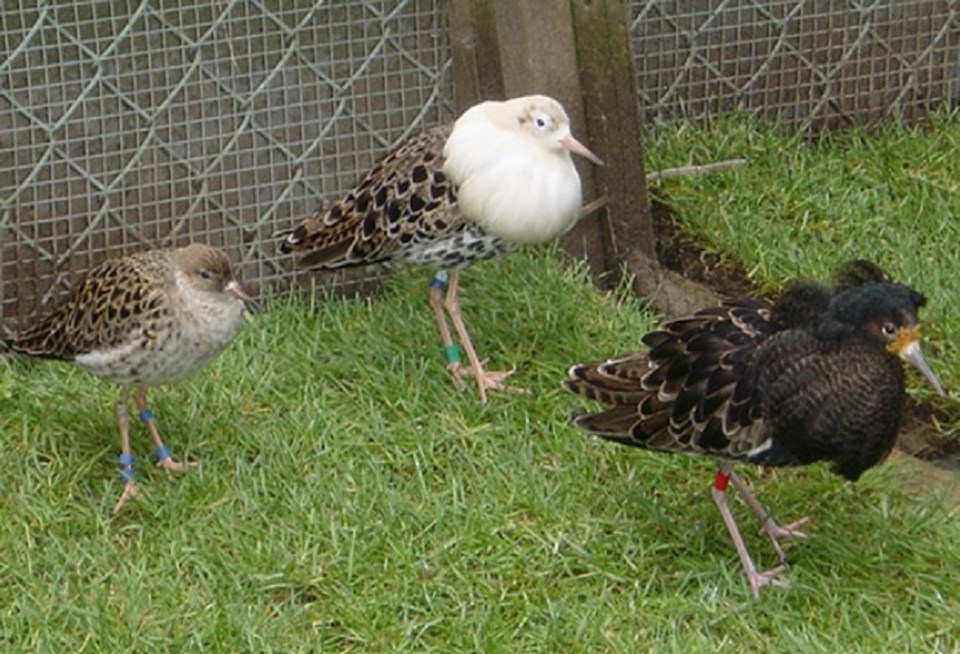Angry birds? How about crazy birds?
Researchers at Simon Fraser University (SFU) have discovered a gene that regulates testosterone levels in male ruffs, a shorebird species known for its three "wildly" distinct male types with varying appearances and mating behaviours.
has found the male types, known as morphs, are produced by a "super enzyme" (HSD17B2) in the bird's blood that's able to regulate the testosterone levels and break down a hormone normally associated with male dominance and aggression.
“The species is crazy, with three kinds of outlandish looking and behaving males,” said SFU biologist David Lank, who has studied ruffs for 40 years and whose team was the first to discover testosterone differences between morphs, in a news release.
"This paper explains a lot about the genetic and physiological process that control the development of the three types."
Most male ruffs are recognized as "independents" and are mostly known for striking, darker breeding plumage and aggressive defence of small mating areas to impress females, who provide all the parental care.
"Satellites" are smaller and have lighter-coloured plumages. They form alliances with the independents to co-display to females.
Although they try to work in tandem, each still attempt to mate with as many other females as they can.
"Faeders" skip plumage and display behaviour. They disguise themselves as females and sneak into unnoticed mating areas.
Lank added a special form of the steroid hormone gene could possibly have therapeutic uses for humans, but more data and research is required.
“HSD17B2 is three to four times as efficient in converting testosterone in androstenedione,” he added.
“This raises the possibility of treating people with some hyper-testosterone disorders with this form of enzyme, or a synthetic enzyme designed based on its structure.”
The study was led by Max Planck Institute for Biological Intelligence in Germany and collaborated with SFU scientists, FU Berlin, University of Vienna and Helmholtz Munich.




